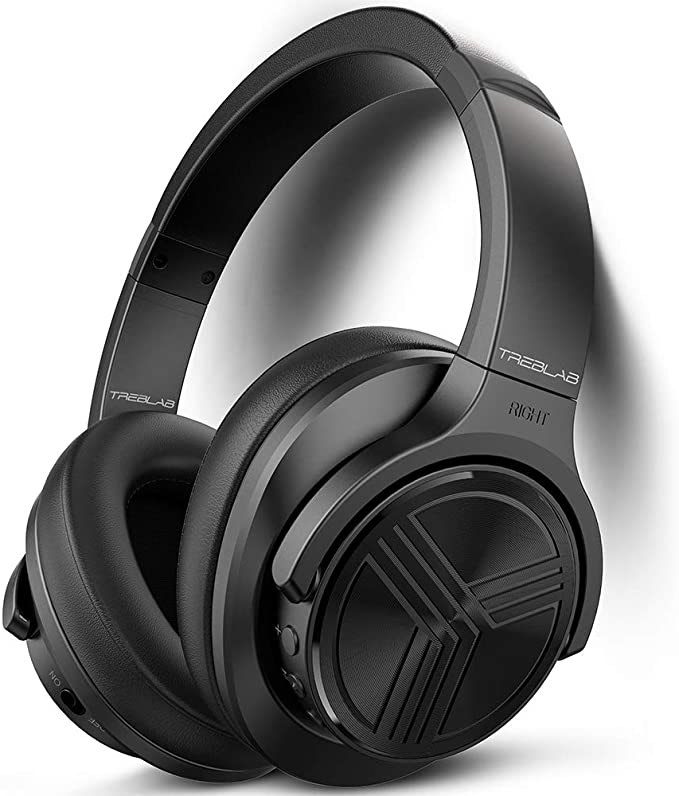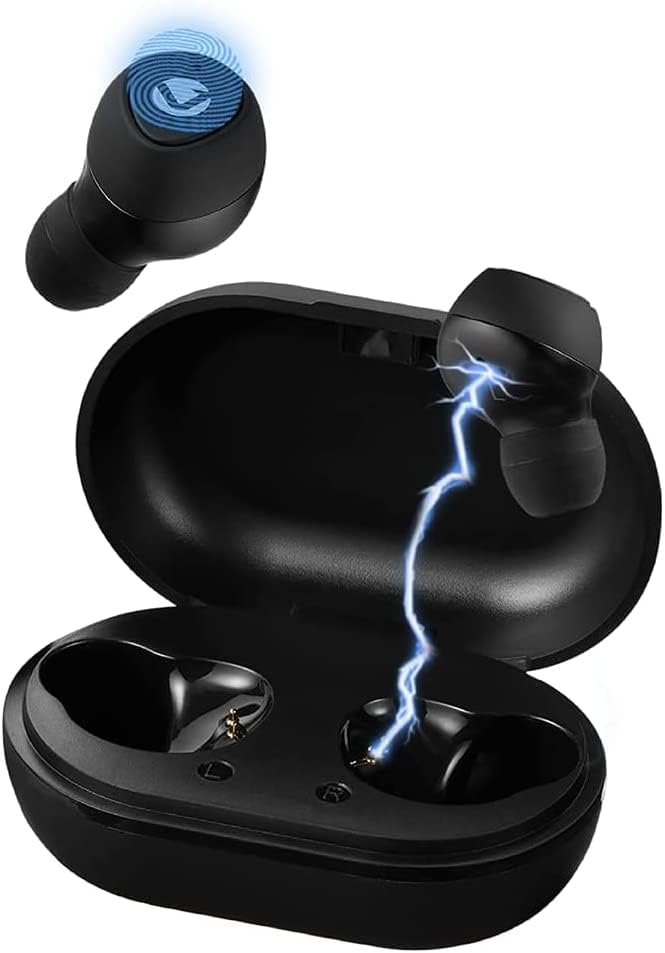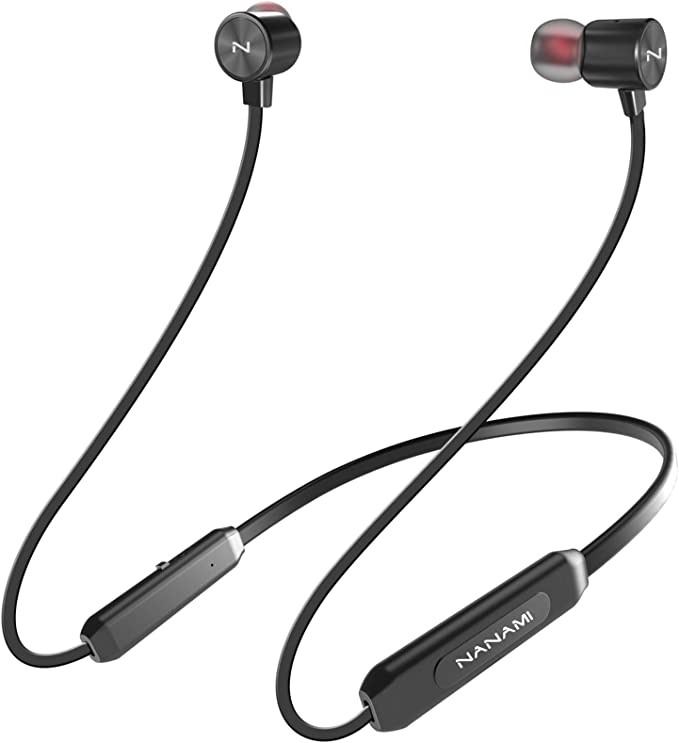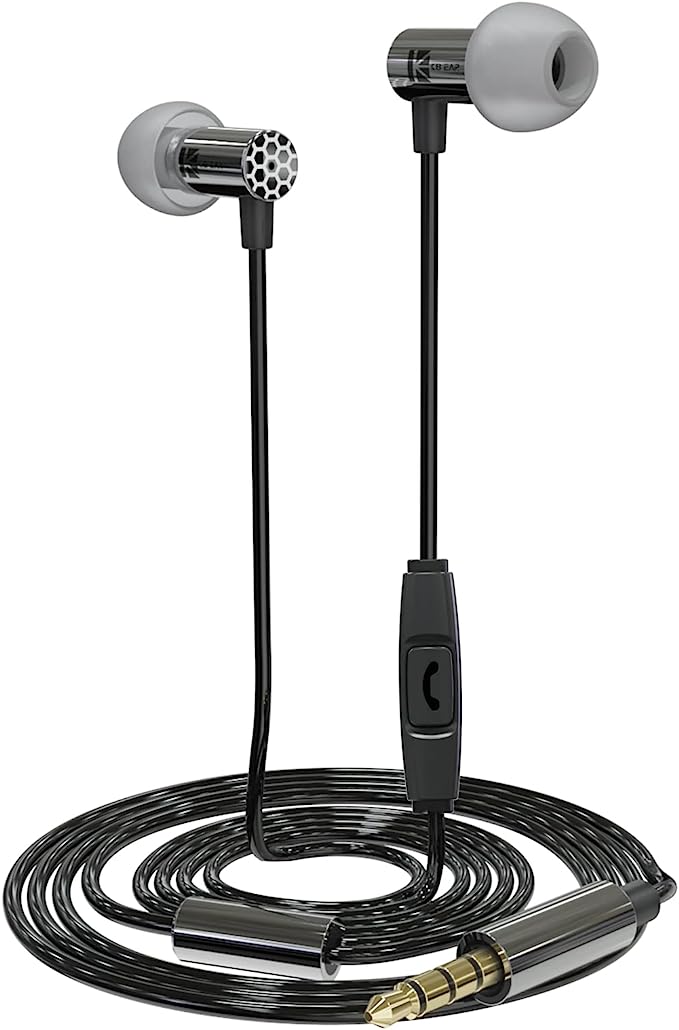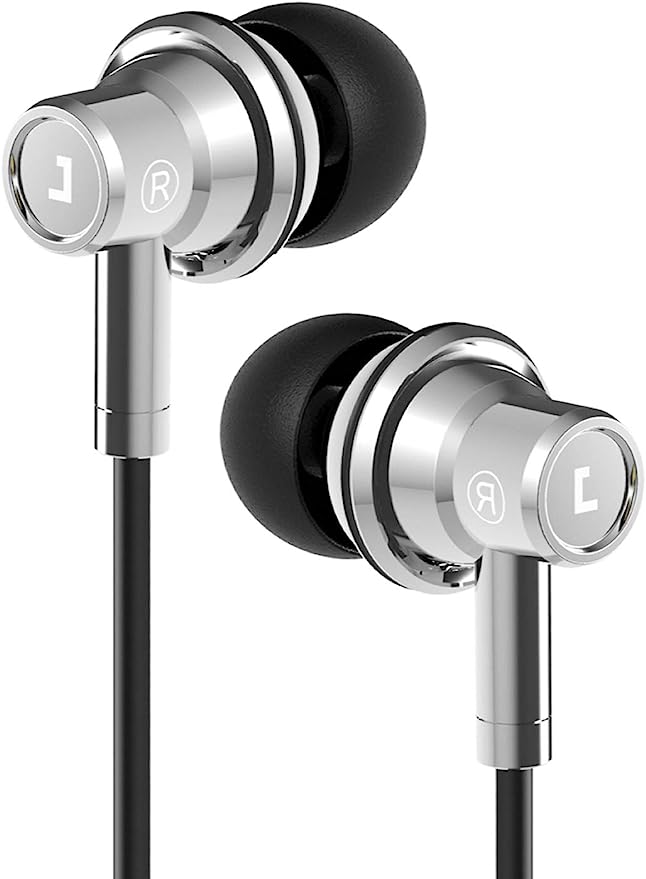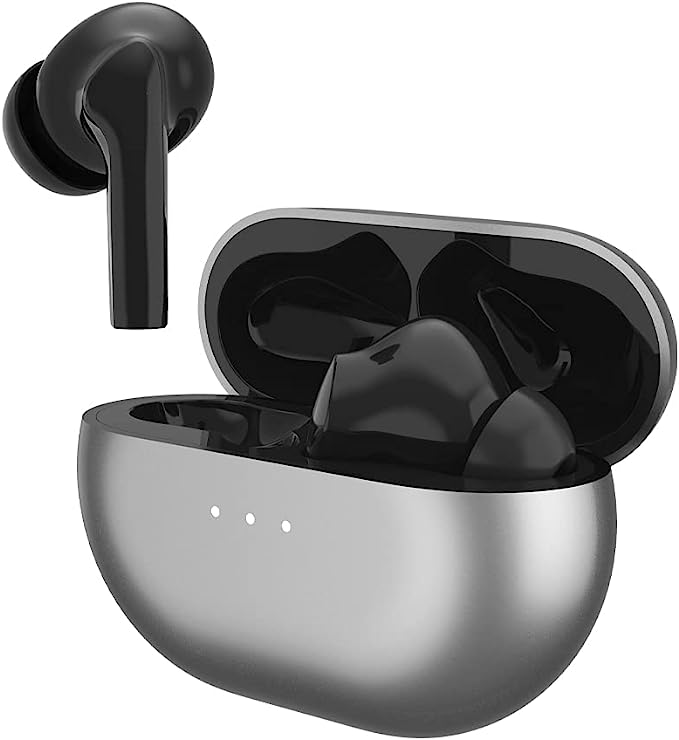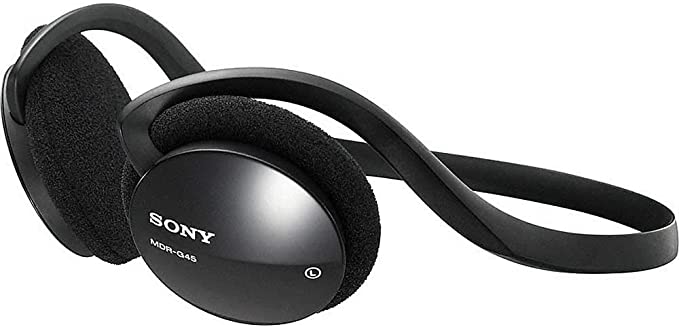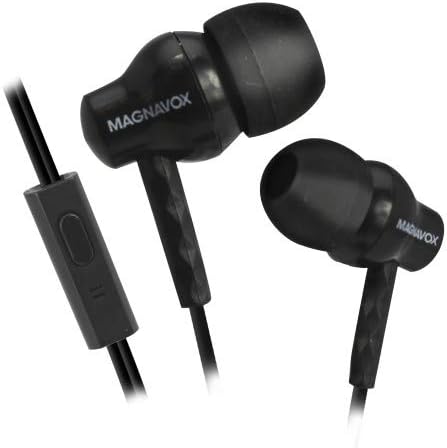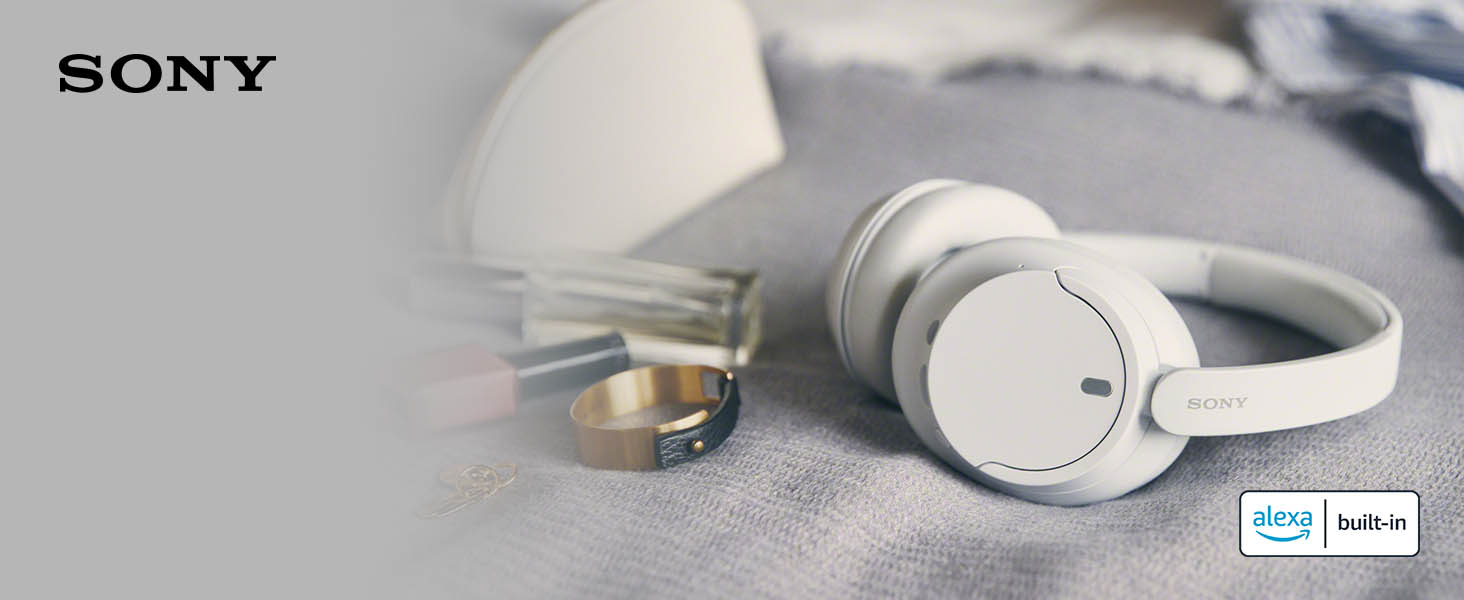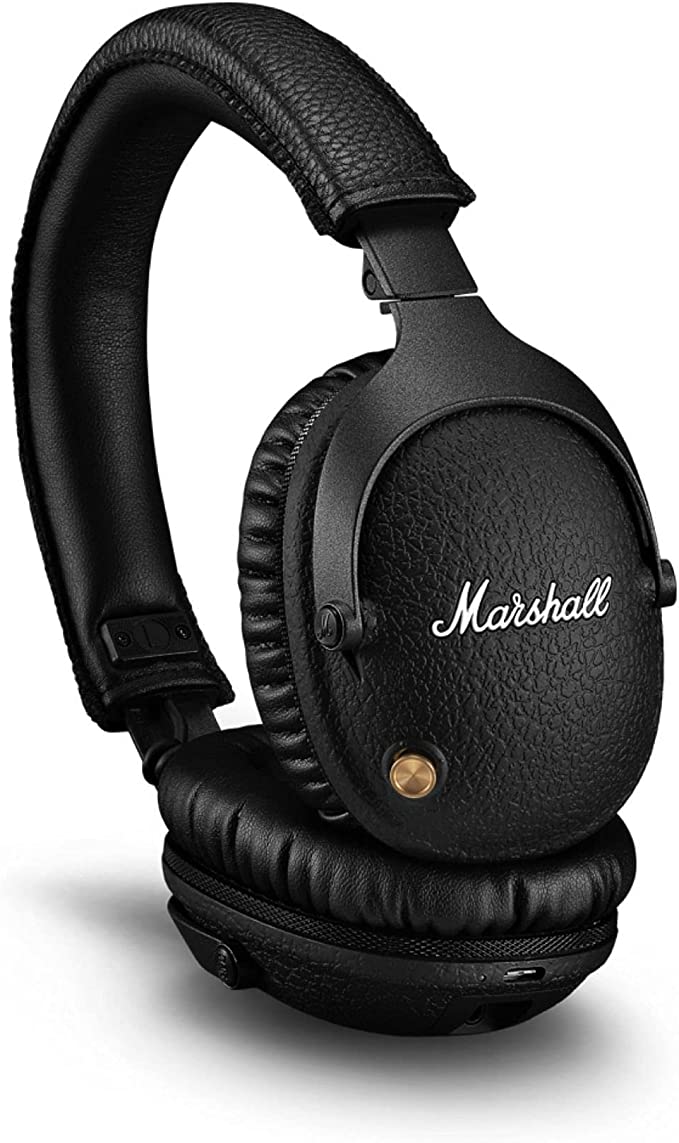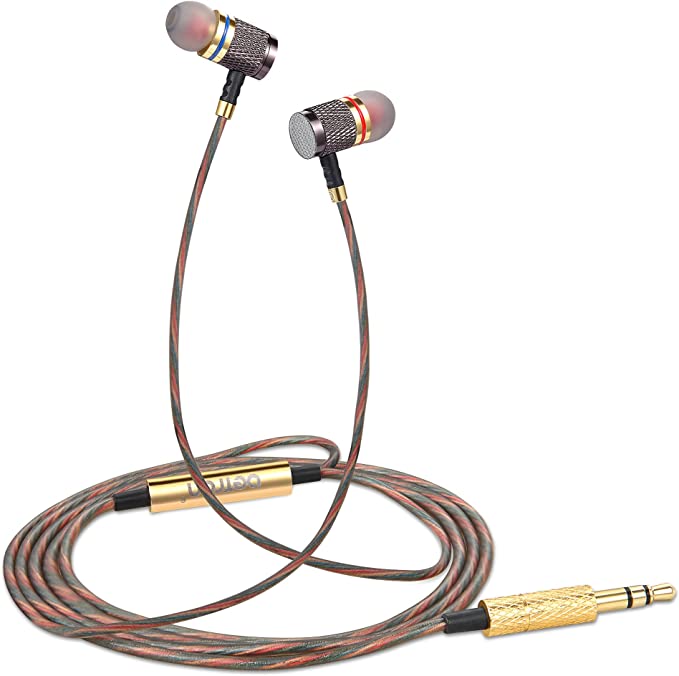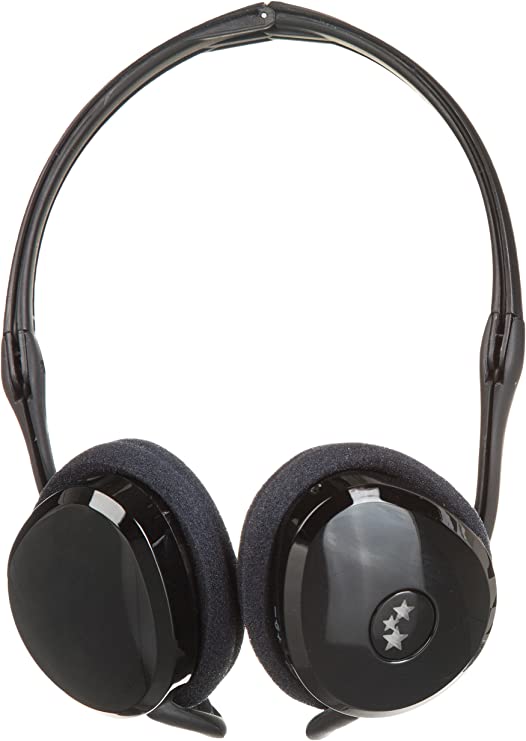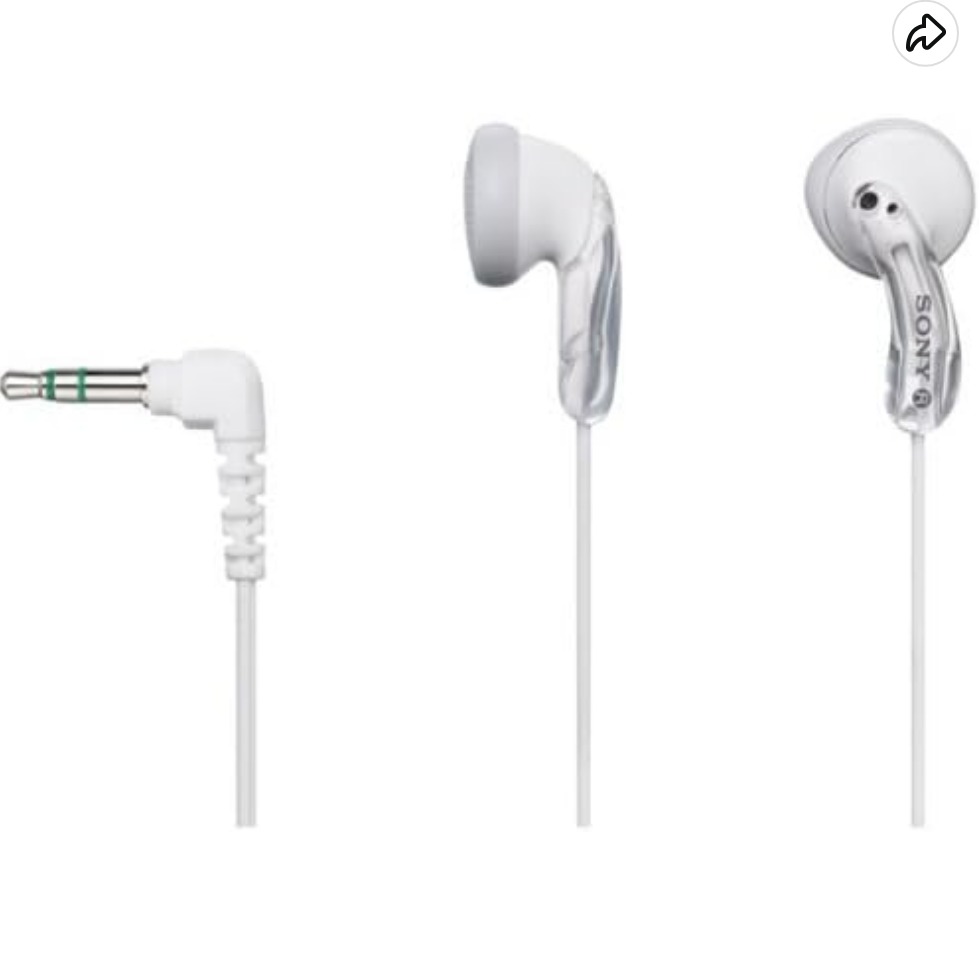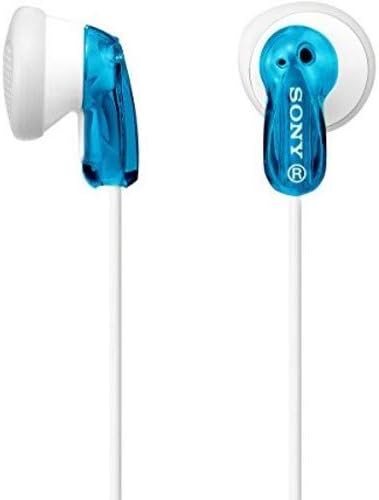Volkano VK-1008 Race Series Wireless Earbuds : Affordable Bluetooth Earbuds for Active Lifestyles
Update on July 2, 2025, 9:12 a.m.
The Honest Runner: Inside the Unsung Genius of a $15 Gadget
Imagine it’s 2 AM. The only light in the office is the cool glow from your monitor, illuminating a single, stark challenge scrawled on a whiteboard: Design a wireless sports earbud. Bill of materials: under $4.00. The coffee is cold. The pressure is immense. This isn’t a quest for perfection; it’s a battle against constraints. This is the silent, unglamorous world where a product like the Volkano VK-1008 Race Series is born. And its story is far more fascinating than its $14.99 price tag suggests.
To appreciate this humble gadget, we must first travel back in time, to the era of the wire. Remember the tyranny of the cord? The bouncing yellow foam of a Walkman headset, the infuriating snag on a doorknob that ripped the buds from your ears, the phantom rustle of the cable against your shirt—the dreaded microphonics. For decades, this was the athlete’s audio curse. The arrival of Bluetooth technology promised a revolution, a wireless utopia. Yet early models were expensive, ungainly bricks with abysmal battery life, trading one form of tether for another. The dream of affordable, reliable, wireless audio for the masses remained just that—a dream.

A Mechanical Solution in a Digital World
Back at your design desk, you know the first problem isn’t digital; it’s brutally physical. It’s a war against Newtonian physics. When a person runs, their head bobs and weaves, creating constant inertial forces trying to eject the earbuds. Add sweat, a surprisingly effective lubricant, and you have a recipe for failure. A simple in-ear bud, relying on friction alone, stands little chance.
Your first decision, then, is a retreat from high-tech fantasy to low-tech reality. The solution isn’t a stickier material or a more powerful algorithm. It’s a hook.
The soft silicone ear hook on the VK-1008 is a masterstroke of ergonomic engineering. It’s not just a hook; it’s a mechanical anchor. By looping over the auricle—the sturdy cartilage of the outer ear—it acts as a simple lever, using the ear’s own structure as a fulcrum to counteract the forces of gravity and motion. The silicone, with its high coefficient of friction, maintains its grip even when slick with sweat. Think of it as a climber’s safety anchor: a small, unassuming piece of gear that provides absolute, life-saving stability.
This physical stability creates something even more critical: acoustic stability. The perception of rich, full bass depends on a consistent seal between the earbud and the ear canal. This seal allows low-frequency sound waves to build pressure. The moment that seal is broken, the bass vanishes. Because the ear hook locks the earbud in place, it guarantees that acoustic seal, delivering a surprisingly consistent sound profile throughout a workout. This isn’t a feature you can measure in gigahertz or megabytes; it’s the simple, profound result of good physical design.

The Sprinter’s Heart of Bluetooth 5.0
With the physical anchor in place, you turn to the second great challenge: power. The laws of thermodynamics are unforgiving. A radio signal requires energy. A bigger battery means more weight, more cost, and more bulk—all enemies of your design. The solution lies in the quiet genius of Bluetooth 5.0, specifically its integrated Bluetooth Low Energy (BLE) protocol.
Here’s the secret: the earbud’s wireless chipset doesn’t work like a marathon runner, maintaining a steady, constant pace. It works like a world-class sprinter. For the 99% of the time when there’s no new information to transmit, it’s in a state of deep, power-sipping sleep. Then, for a few milliseconds, it explodes into action, transmitting a burst of data, before immediately going back to rest. This “sprint-and-rest” cycle is so efficient that it allows a tiny, lightweight Lithium-Polymer battery to power the device for up to three hours. It’s the invisible magic that makes these affordable, feather-light (just 20 grams) earbuds possible.

The Art of Saying No: Quality Through Compromise
Now comes the hardest part. You look at the cost spreadsheet. For another thirty cents, you could upgrade the audio driver. For a few cents more, you could use a more durable plastic. But the $4.00 limit is absolute. This is where great design becomes the art of saying “no.”
“No” to audiophile-grade sound. The VK-1008 uses the standard SBC (Subband Codec), the mandatory, universal language of Bluetooth audio. It’s not a beautiful language like aptX or LDAC, but it’s a language every single Bluetooth device understands. It gets the job done, but with noticeable data compression that limits detail and dynamic range. This is why user reviews often describe the sound as “decent for the price,” but not stunning. It’s a conscious, calculated choice.

“No” to a ten-hour battery. The three-hour life is precisely tailored to a single workout session, not an entire day. This keeps the battery small, light, and cheap. It also explains why, as some users report, the device’s lifespan can be limited. A small battery can only endure so many charge-discharge cycles before it degrades.
These aren’t flaws. They are choices. They are the honest acknowledgements of a design that is ruthlessly focused on solving its two primary problems: staying in your ear and being wireless. Everything else is secondary.

In a world obsessed with superlatives—the fastest, the thinnest, the highest resolution—the Volkano VK-1008 stands as a quiet testament to a different kind of excellence. It is the excellence of the “good enough.” It is an honest runner. It doesn’t promise to win the race, but it promises to stay on the track with you, every step of the way. And in doing so, this unassuming, $15 piece of technology teaches us a valuable lesson: sometimes, the most brilliant design isn’t about adding more, but about intelligently and elegantly choosing what to leave out.






